The TV remote control in a bag, the TV itself, covered with a napkin, the labels on the glasses not removed …
Many consider films and glass on a smartphone screen to be the same relic of the past, like the atavisms listed above. Manufacturers, in turn, are also trying to protect smartphone screens using the latest generation of tempered glass, both from industry leaders and from little-known companies. Despite all this, the market of protective films and glasses is more alive than all living things, and the choice scatters eyes. Let's try to systematize it.
I will not argue about which manufacturer is better and which is worse, since this is a very slippery topic, and everyone can have their own unique experience, crossing out all the reviews of other people. Instead, we will distribute the protection by type and feature.
To begin with, let's divide the protective equipment into two large groups – into 'Glasses' and 'Films'.
I think there is no point in explaining on what basis this division was chosen.
So let's start with glasses.
Glass
Glasses come in several types and sizes.
Flat glasses for non-curved and curved screens.
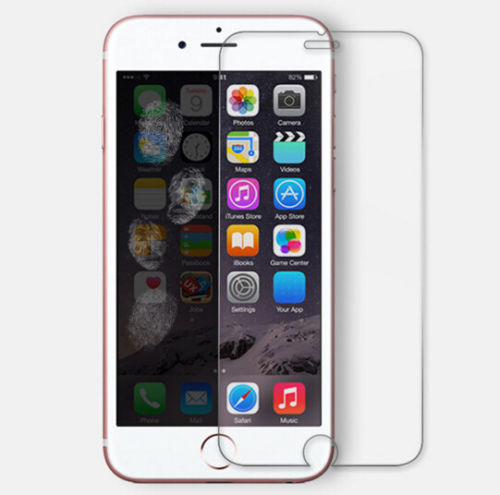
Curved for so-called 2.5D screens.
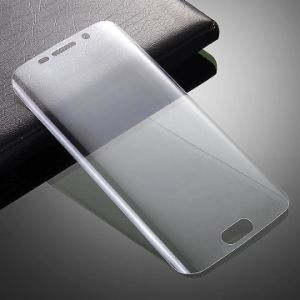
Flat glasses are the simplest and most common. They, in turn, can be very conditionally divided into:
- glass with separate cutouts for buttons and display elements (camera, speaker, sensors).
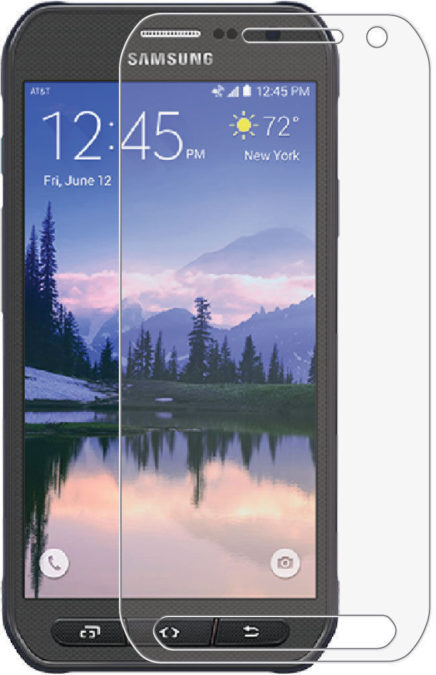
- and on glass with a common cutout.
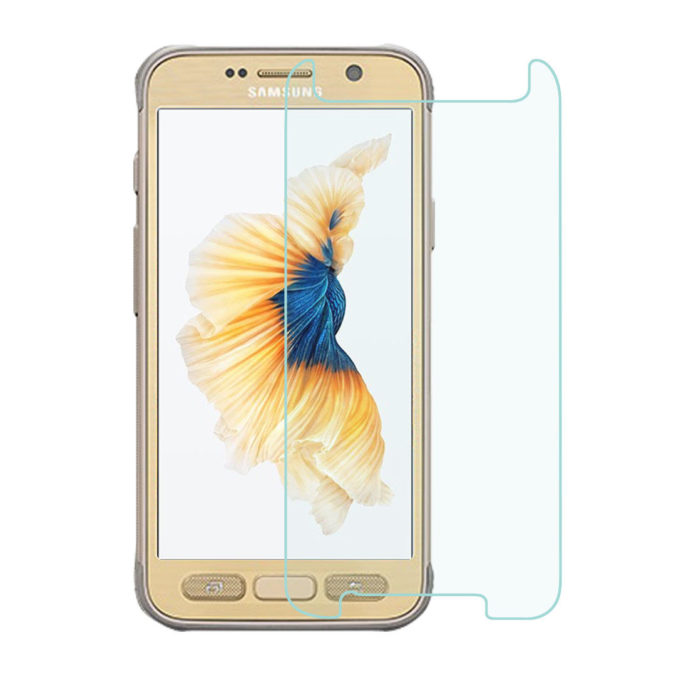
The main advantage of the first type is aesthetic one. Such glasses look better on the phone than glasses with a common cutout. Although this is also a matter of taste.
The advantages of a common cutout include less fragility due to the absence of thin jumpers, as well as easier installation, since one large cutout is easier to align with the elements on the screen than a bunch of separate cutouts and holes.
In addition, glasses with both one cutout and separate cutouts are divided into:
- glass with a soft backing is when a soft coating (either gel or soft film) is applied on the inner (contact) side, which provides more reliable and convenient contact of the protective glass with the device screen.
- glass without a soft backing. In this case, we are offered the glass itself, without any additional layers.
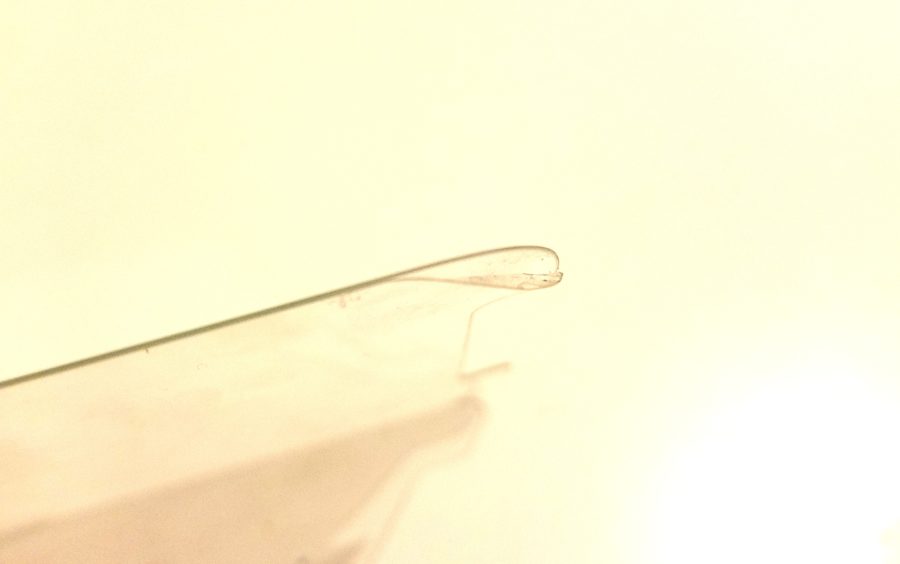
In the merits of the latter, you can write down the possibility of re-installation or re-gluing, if, for example, during installation, they were not quite evenly hit. With glass with a backing, such a number will not work – when peeling off, the soft layer will necessarily peel off from the edge and, upon re-installation, will give bubbles along the edge.
There are also those and others:
- no contours – well, there is no point in explaining, this is glass without colored contours.
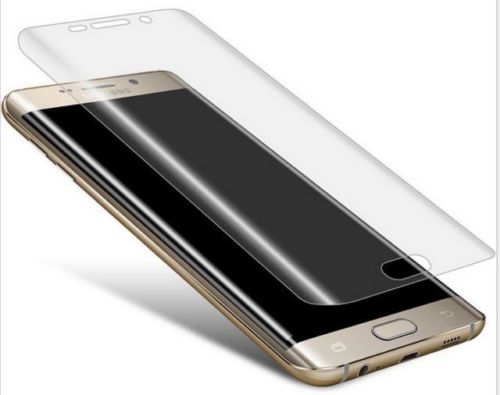
- with colored outlines – when paint of one color or another is applied to the glass from the inside or outside. In this case, it matters which side this paint is from, since if the paint is applied from the outside, then due to the thickness of the glass itself, it may not look very aesthetically pleasing. Very often I saw such glasses on devices Huawei. Either the sellers fulfill the plan to sell these glasses, or they do more for Huawei than for others. Just keep in mind – glass with a colored outline on the outside doesn't look very aesthetically pleasing.
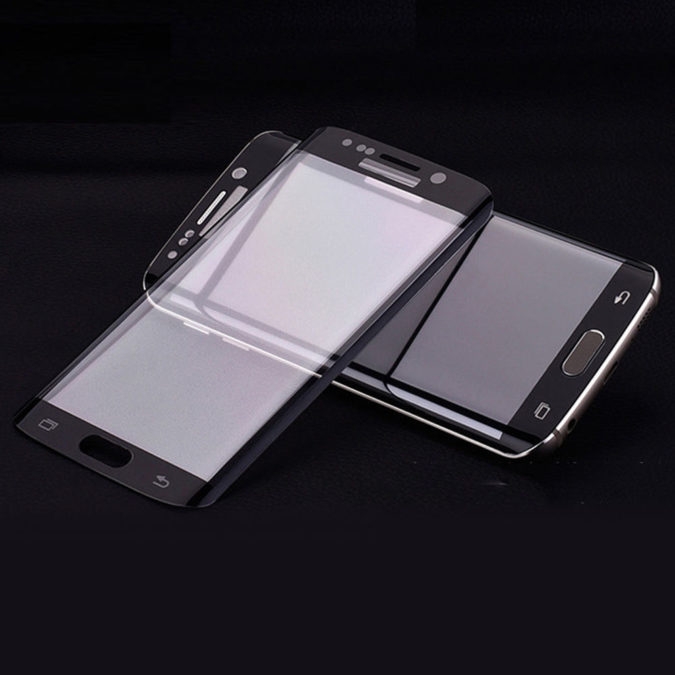
Among other things, glass, there are
- transparent – glossy smooth glass. One of the advantages is the transmission of images without a drop in clarity. Among the minuses are glare and reflections.
- matte – in this case the glass will be matte, which means it will slightly reduce the clarity of the image. In the pluses of frosted glass, you can write down the almost complete absence of glare and reflections. What is more important to you is up to you. By the way, frosted glasses are contraindicated if you use a helmet or virtual reality glasses – the picture looks bad. It becomes uncomfortable to watch. There is a feeling that the glass is fogged up or wet.
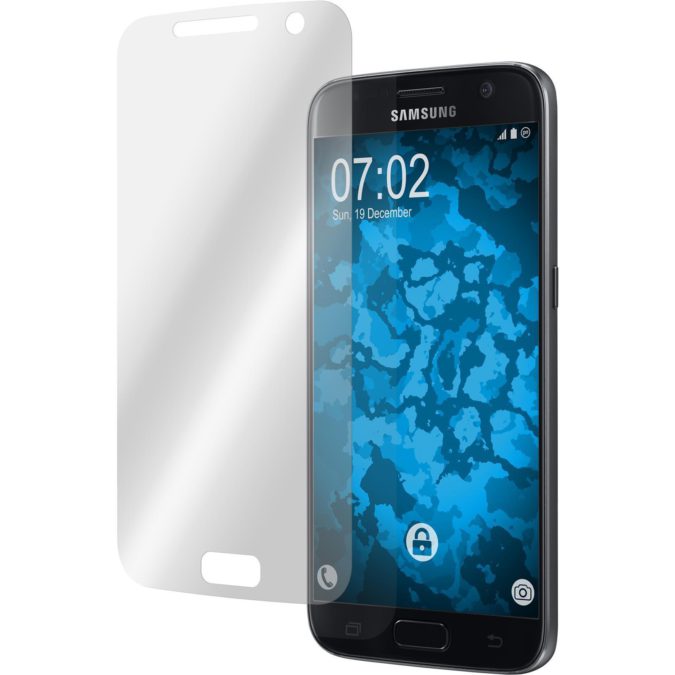
- with chamfers (rounded edge) – increases the comfort of use, since the finger does not cling to the edge.
- without chamfer (sharp edge) – unlike glass with a chamfer, it has a sharp edge. However, this is not always a disadvantage. For example, such glasses are convenient to use on devices where the screen is slightly recessed into the case. In this case, such glass will organically fit into the body and will not stand out with rounded edges.

Curved glasses for 2.5D screens can have all of the above characteristics of flat glasses, but they can also have their own characteristic options:
- Curved glass with 100% contact area. This is the best option, as it allows you to stick the glass on the entire screen area and get a great look without losing the screen sensitivity. When choosing such glass, it is recommended not to save money and buy glass from a well-known, trusted manufacturer. Savings in this matter can result in the fact that cheap glass will not be made as accurately as necessary, which means it will not fit snugly to the screen in the area of bends. This will result in an unaesthetic appearance with bubbles on the bends, as well as a decrease in screen sensitivity in the area of these bubbles.

- Curved glass with highlighted contact areas. Most often, such glasses are with colored outlines, on which an adhesive layer is applied on the inside. The very main transparent part is devoid of any contact layer and just lies on top of the screen. The main disadvantage of this type is poor screen sensitivity and a drop in contrast due to the presence of an air gap between the glass and the screen.
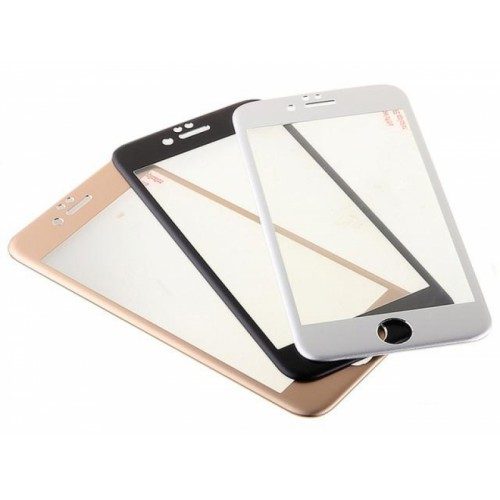
In addition to all these types, protective glasses have one more characteristic that can affect both the aesthetic component and the comfort of use – the presence or absence of an oleophobic coating.

Whoever says anything about the fragility of such a coverage, it is much more comfortable to use the phone with it. And then, if the coating is erased on the protective glass, the glass can be easily replaced, but if it is on the screen itself, it will be problematic to replace it. By the way, there is an opinion that under the protective glass, the oleophobic coating of the screen itself is very quickly destroyed. I will not argue, but from my own experience I can say that this is not so. Perhaps it also depends on the type of this very coating. Here only the experiment will dot the 'i'.
In addition, do not forget about such a parameter as thickness. Most often, protective glasses are from 0.1 to 0.4 mm thick. Perhaps they are thicker, but I have not seen such glasses. The thinner the glass, the more comfortable it is to use and the less it protects against falls.

Films
Films, like safety glasses, have a similar set of characteristics and in many respects intersect with glasses in the typology. So, protective films come with one or several cutouts for sensors. With and without chamfers. Yes, this is also an important parameter, since the film, among other things, also has a thickness and the presence of a chamfer affects the comfort of use in the same way as for glass.
Like glass, films are available for both flat and curved screens. Moreover, for curved screens, films are available both for the entire screen area and for the middle part, up to bends. Purely aesthetically, a full-surface film that follows the curves looks much better. However, unlike glass, different materials and technologies are used to make films. I find the best option for curved glass to be a film with stamped curved edges. Such a film lays down on the screen from edge to edge, completely covering its entire area. And it looks and feels great.

Quality, like glass, largely depends on the manufacturer. And it's not worth saving either – after all, if the dimensions of the film and cutouts do not even slightly coincide with the screen, the film will not fit properly and peel off very quickly.
Unlike screen protectors, you can buy TPU film for curved and 2.5D screens. The peculiarity of such a film is that it is very soft and, as it were, flows around the screen and its bends. Most often, such films can be recognized by the yellow transport protective layer.

The advantages of this material are excellent appearance, due to its softness and pliability. Such a film is practically invisible on the display. Also, due to its softness, such a film perfectly protects the screen from damage by sharp and hard objects when the screen falls down slightly. It just absorbs the shock.
The disadvantages include the complexity of the installation. The film does not hold its shape and stretches well, which means it will not give a second chance if you miss the first time. And because of their softness, such films do not have an oleophobic coating – it practically does not hold on to this material.
Conclusion
Everyone evaluates the expediency of using such protection for himself. And this is not a complete list of characteristics and options for films and protective glasses. But I tried to list the main points that you can pay attention to when choosing a screen protector for your smartphone. Knowing these features, you can choose the best option for yourself, both for use for every day, and for special occasions. It should be understood, however, that it is more of a scratch protection than a drop. Both film and glass are unlikely to save your smartphone screen when dropped to an angle. Unless the phone falls on the screen from a small height. Therefore, to protect against falls, it is better to look towards covers and bumpers, but this is a completely different story.
